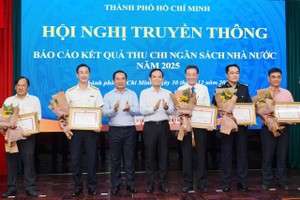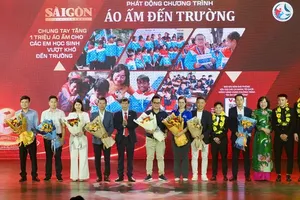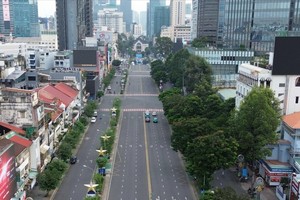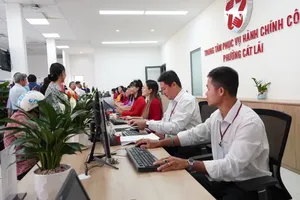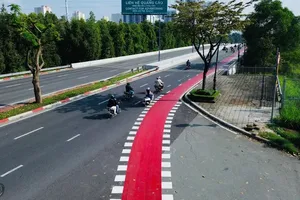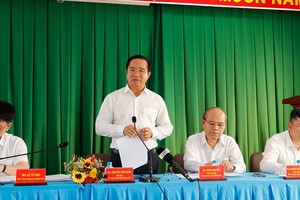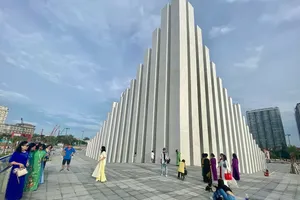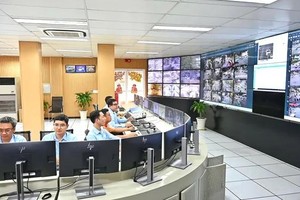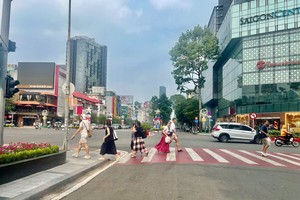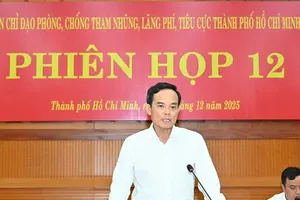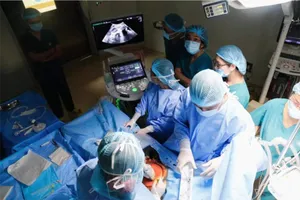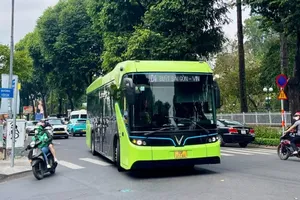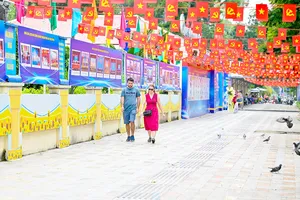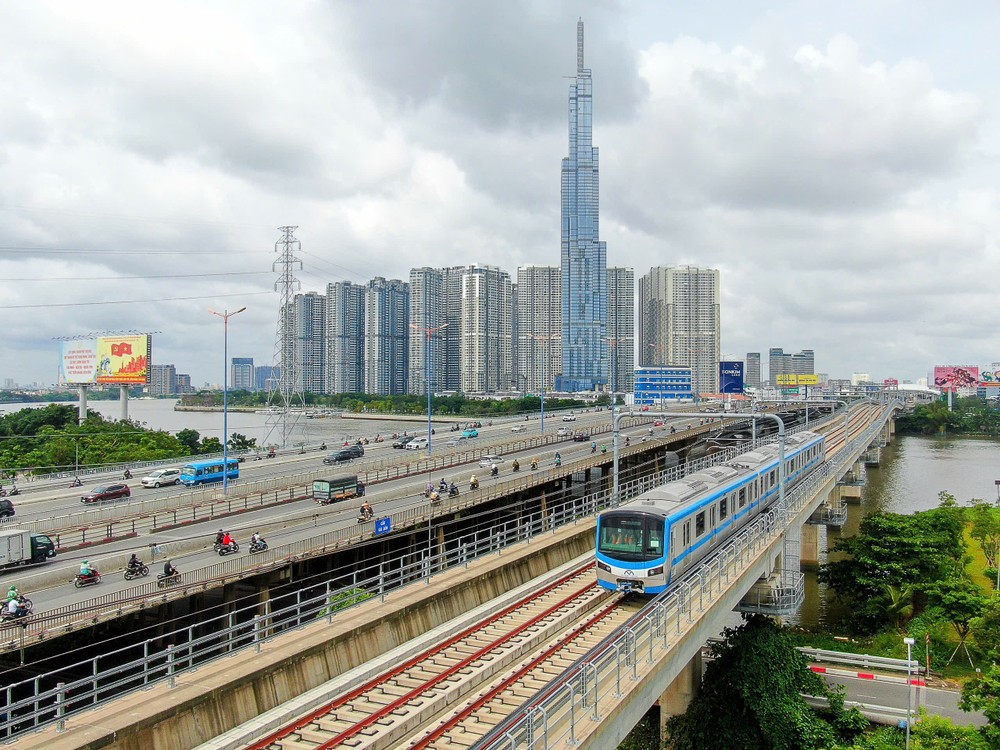
Ho Chi Minh City aims to utilize land reserves for urban beautification and development around Metro Line No.1 and No.2 stations and intersections along Ring Road No.3, following a transit-oriented development (TOD) model under Resolution 98/2023/QH15 to pilot urban development projects.
The HCMC People’s Committee recently issued a plan to establish TOD-focused urban areas along Metro Lines No.1 and No.2 and Ring Road No.3 following Resolution 98/2023/QH15.
From now until 2025, HCMC will pilot projects at nine TOD locations across in Tan Phu, Tan Binh, District 10, Thu Duc City, and Hoc Mon District. Development will continue in Hoc Mon and Binh Chanh from 2026 to 2028.
The TOD areas are categorized into two groups: new investment areas, which include vacant land, low-density residential areas, or factories slated for relocation, and innovation and beautification areas, which consist of existing neighborhoods in need of revitalization. Districts will prioritize TOD locations that are easily implementable and yield high returns.
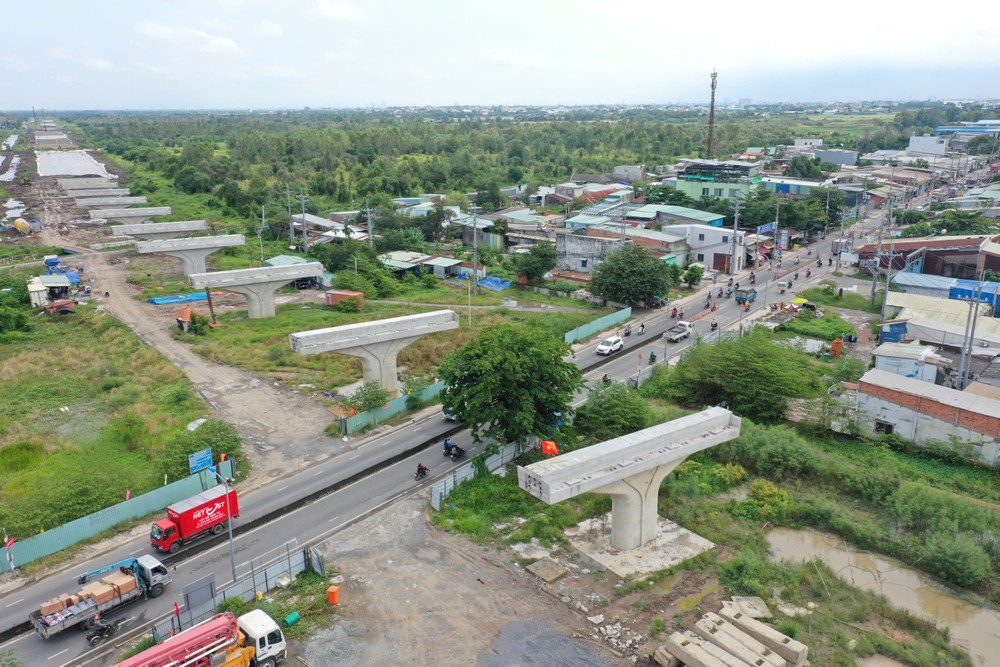
HCMC is also examining three TOD models. The first is the core station area, which focuses on high-density urban development within a radius of 400-500 meters and emphasizes mixed-use residential and commercial spaces with a strong emphasis on pedestrian access and external transportation being urban railways.
The second model is the transit station transition area, covering a radius of 800-1000 meters, which combines housing and social services while providing bus and bicycle connections to the station. The external transportation will primarily still be urban railways.
Lastly, there is the adjacent area to the Ring Road No.3 junctions, which aims to develop concentrated residential zones, industrial parks, and logistics centers and maximize the utilization of the traffic capacity and technical infrastructure of Ring Road No.3 and the main traffic axes connecting to Ring Road No.3.
